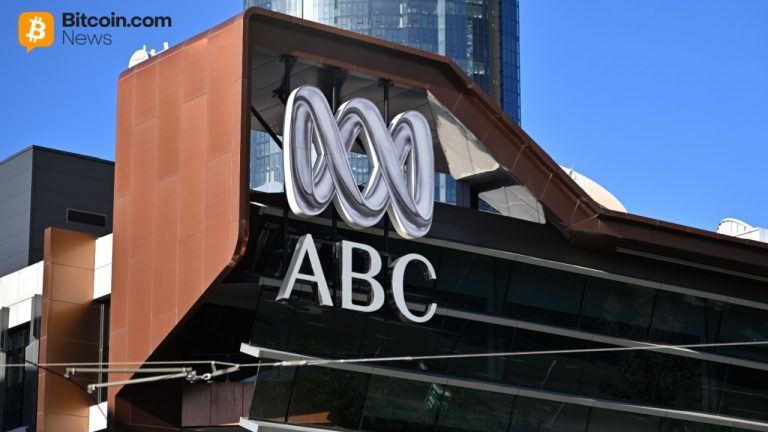ETF demand solid amid growing retail interest
3 min read

Exchange-traded funds have seen inflows over the past several weeks as demand grows, showing improved retail investor sentiment and a better market environment overall.
LSEG Lipper reported muni ETFs saw $91 million of inflows for the week ending Wednesday after $922 million of inflows the week ending May 8, while the Investment Company Institute reported $1.266 billion of inflows for the week ending May 8.
ETFs saw $230 million of inflows Wednesday, bringing the total to $1.7 billion month-to-date, according to J.P. Morgan.
Recent inflows into ETFs stem from a myriad of factors, market participants said.
ETFs offer market participants a way to lock in exposure to munis, said Pat Luby, head of municipal strategy at CreditSights.
“You don’t have to wait for the new-issue market to provide bonds that fit your bill; you can you can use the ETF to put it in and allow yourself to be patient and wait for the right bonds,” Luby said.
ETFs are “dominated” by retail and are “momentum driven,” said David Litvack, a tax-exempt strategist and chief investment officer at BofA.
“When money flows in, people gain more confidence,” said Jeff Timlin, a partner at Sage Advisory.
Furthermore, “when yields are falling and asset values are rising, we see more interest from retail in ETFs, and mutual funds for that matter,” Litvack said.
If the market rallies or yields fall further, money will “pile in,” Timlin said.
Federal Reserve rate cuts also offer the opportunity for ETF growth, said Matt Fabian, a partner at Municipal Market Analytics.
Since the start of the year, as investors have had to navigate timing if and when the Fed will cut rates has held some investors back, Luby said.
However, several recent economic data points suggest the Fed will cut rates at some point this year, and investors have begun to lock in current yields ahead of the “enormous redemption flows” during the summer months, he noted.
ETF inflows also arise from money reinvested after the tax-loss harvesting-induced outflows from muni mutual funds at the end of last year, according to Litvack.
Many market participants use ETFs as a “resting place for their money” while waiting to make a more permanent investment elsewhere, such as direct bonds or
The recent inflows coincide with the positive returns so far in May. Munis are returning 1.15% month-to-date, pushing year-to-date returns up to negative 0.49%.
Market participants tend to chase returns, and upon seeing munis posting gains, some think, “Oh, I missed out. I better get in now,” Timlin said. “Negative returns beget outflows; positive returns beget inflows.”
Some of the money coming into ETFs comes from money flowing out of mutual funds partially because ETFs are a lower-cost alternative to gain exposure to munis than open-end mutual funds, he said.
However, that does not mean mutual funds are hurting as recent inflows into mutual funds show money is still going into these indirect products that provide access to munis, Luby said.
“Just because you have money moving from one thing to another doesn’t mean the other is dying,” Timlin said.
In the near term, Luby would be surprised by outflows from ETFs.
“Even if investors are putting money into the new-issue market, here are such enormous flows of maturing and callable bonds,” he said.
That, along with money available on the sidelines would offer “sufficient liquidity for investment demand,” he said.
If there is a slowdown in inflows, that is not a “warning sign” given the strong new-issue calendar, Luby said.







